Add Liquidity to Pools
Why Your Token Needs Liquidity
After creating a token on Sui, you can't trade it immediately—unlike platforms like Pump.fun that offer built-in trading. On Sui, you must manually create a liquidity pool on a DEX. Here are the top Sui DEX options:
- Cetus: The largest decentralized exchange (DEX) on Sui.
- Turbos: A zero-slippage perpetual and spot trading platform.
- BlueMove: Supports both NFT and token trading (Aptos/Sui).
This guide focuses on Cetus, the most widely used DEX.
Why Add Liquidity?
- Enable Trading: Without a pool, your token is just blockchain data—no one can buy or sell it.
- Stabilize Prices: Automated Market Maker (AMM) algorithms (e.g.,
x*y=k) balance price fluctuations. Larger pools = less price impact per trade.
Who Provides Liquidity?
- Projects: Inject initial funds (e.g., 10K SUI + 10M tokens) to bootstrap trading.
- Users: Earn 0.3% fee shares by staking in pools.
Step-by-Step: Creating a Pool on Cetus
1. Connect Your Wallet
- Use the same wallet that holds your token (you'll deposit tokens into the pool).

2. Navigate to Pool Creation
- Click Earn → Pools → Create New Pool.
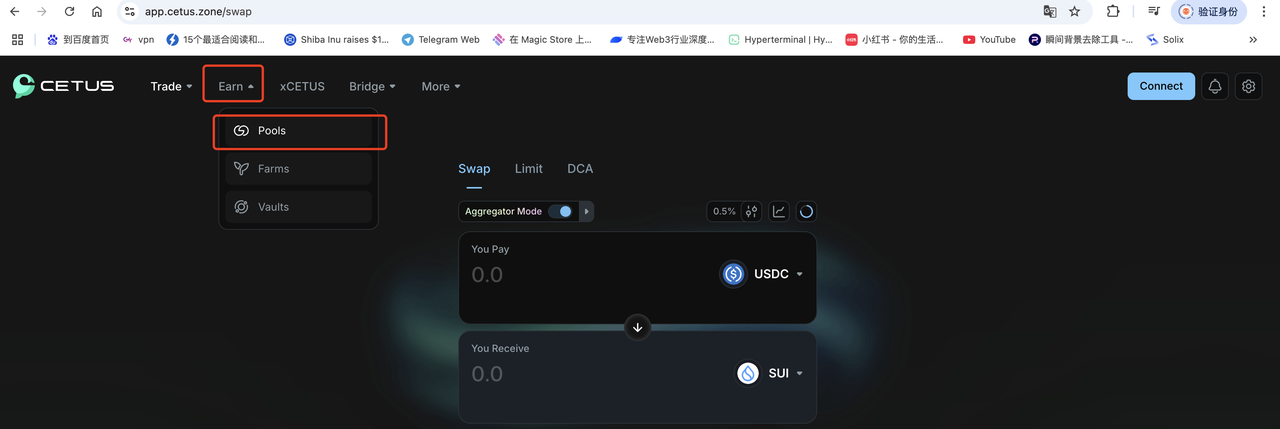
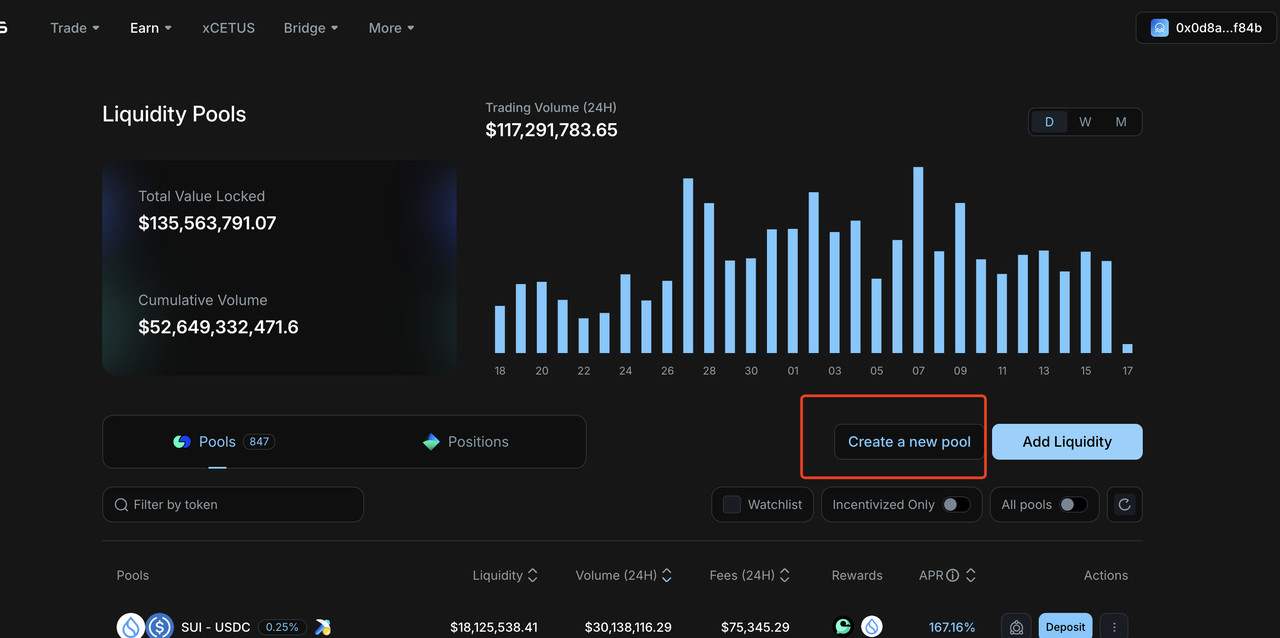
3. Set Up the Trading Pair
- Token Selection: Paste your token's full contract address (include the
::suffix from SuiScan's "Type" field).
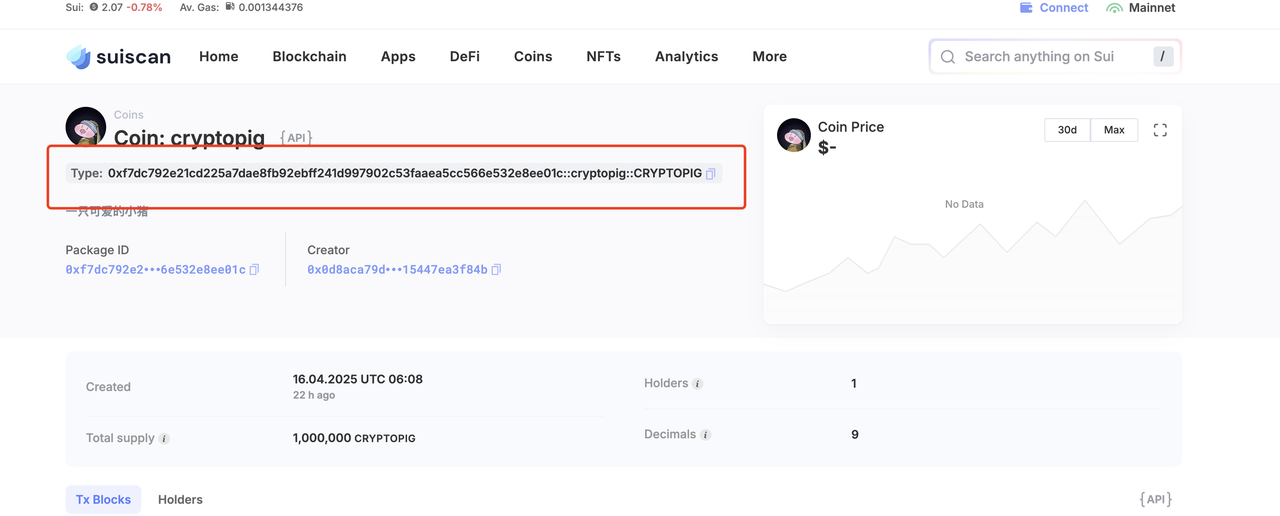
- Quote Token: Default is SUI (or choose USDC).

4. Configure Slippage
- Stablecoins: 0.01–0.05% (low volatility).
- Meme Tokens: 0.25–1% (high volatility, ensures trades execute).
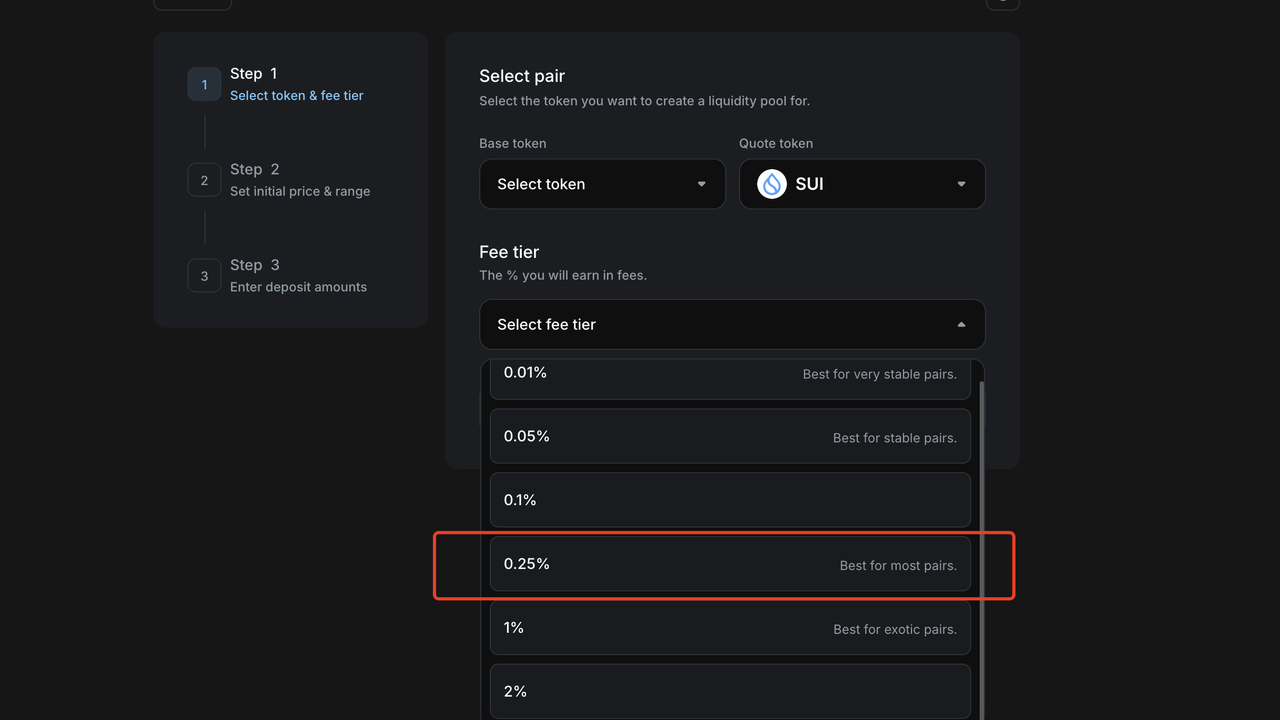
5. Set Initial Price & Range
- Price: E.g.,
1 Token = 0.0001 SUI(1 SUI buys 10K tokens).
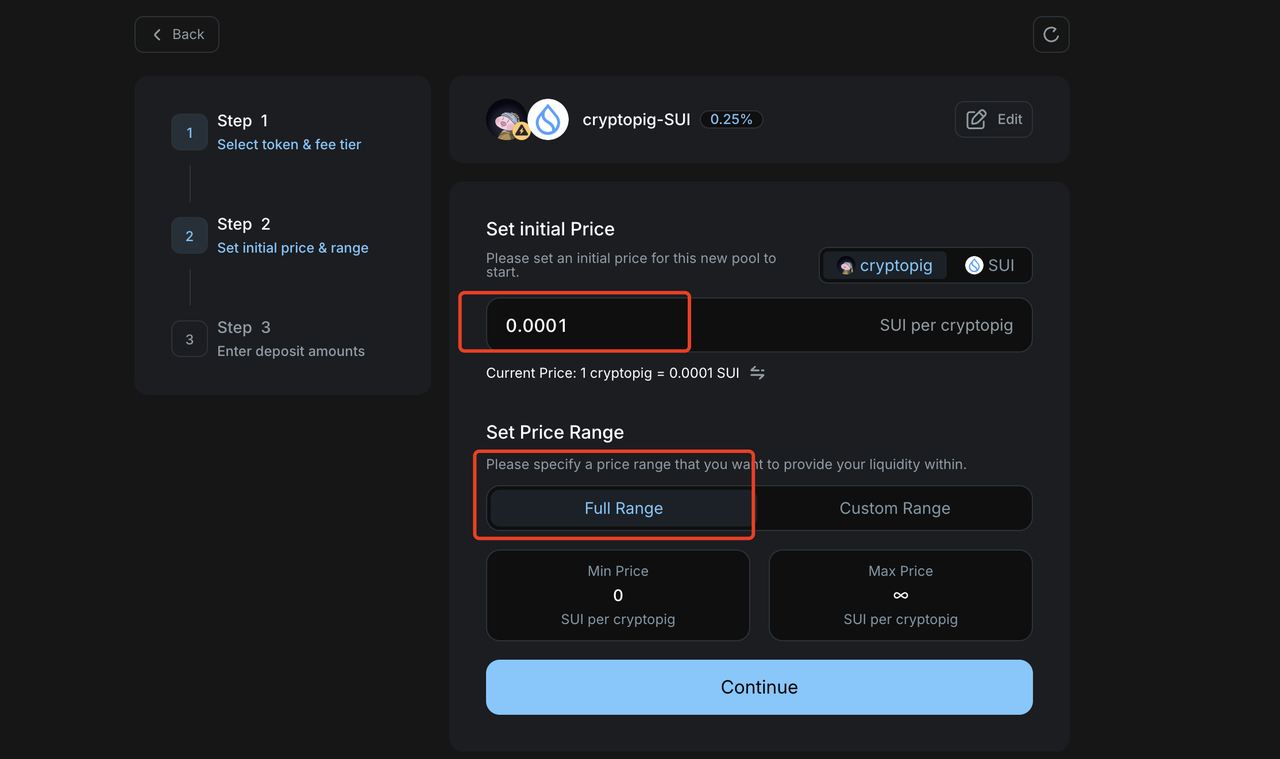
- Range: Select Full Range for unlimited trading.
6. Deposit Liquidity
- Example: Add 4 SUI + 40K Tokens (auto-calculated).
- Sign the transaction → Pool is live!
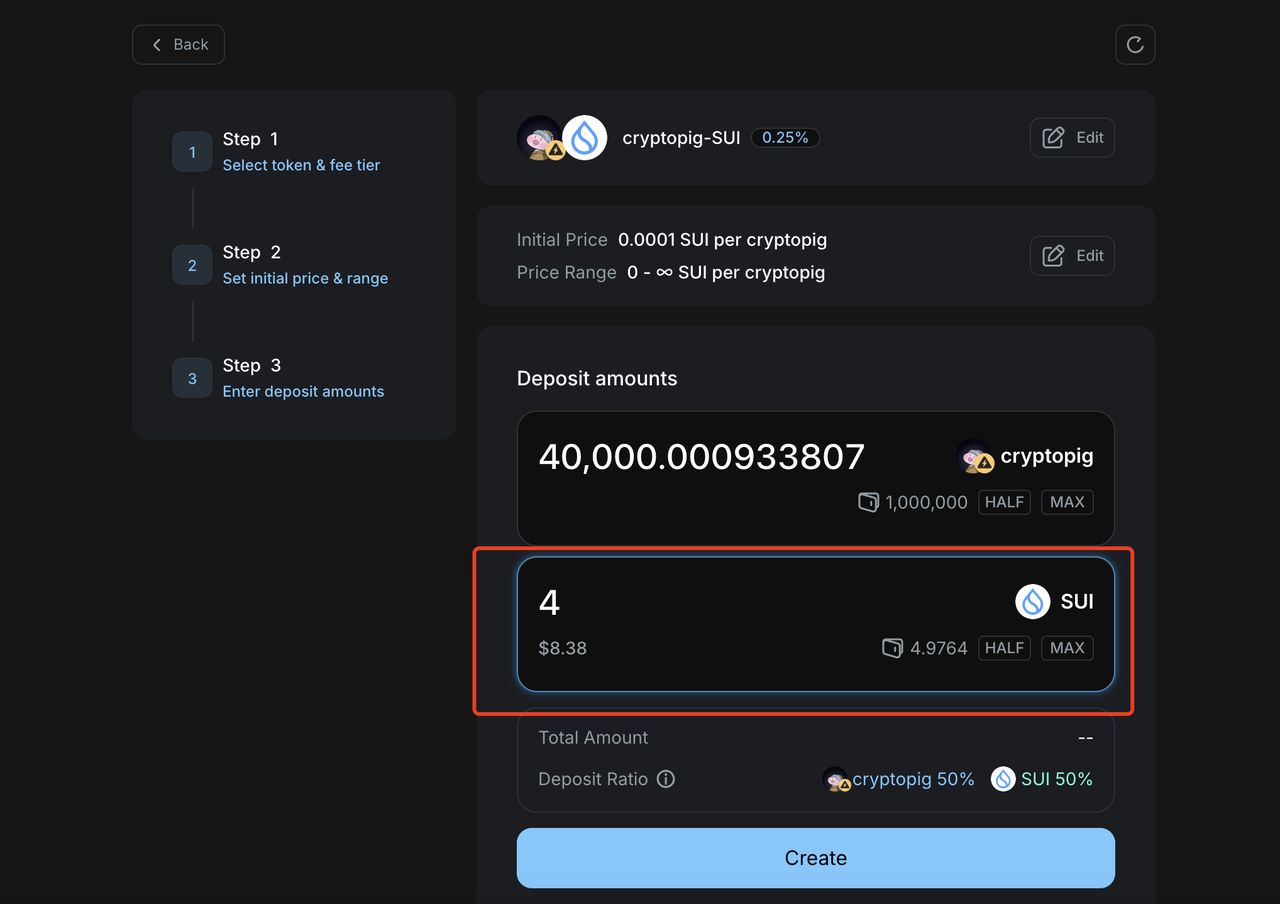
Trading & Managing Liquidity
- Test Trading: Go to Swap to buy/sell your token (note: small pools have high slippage).
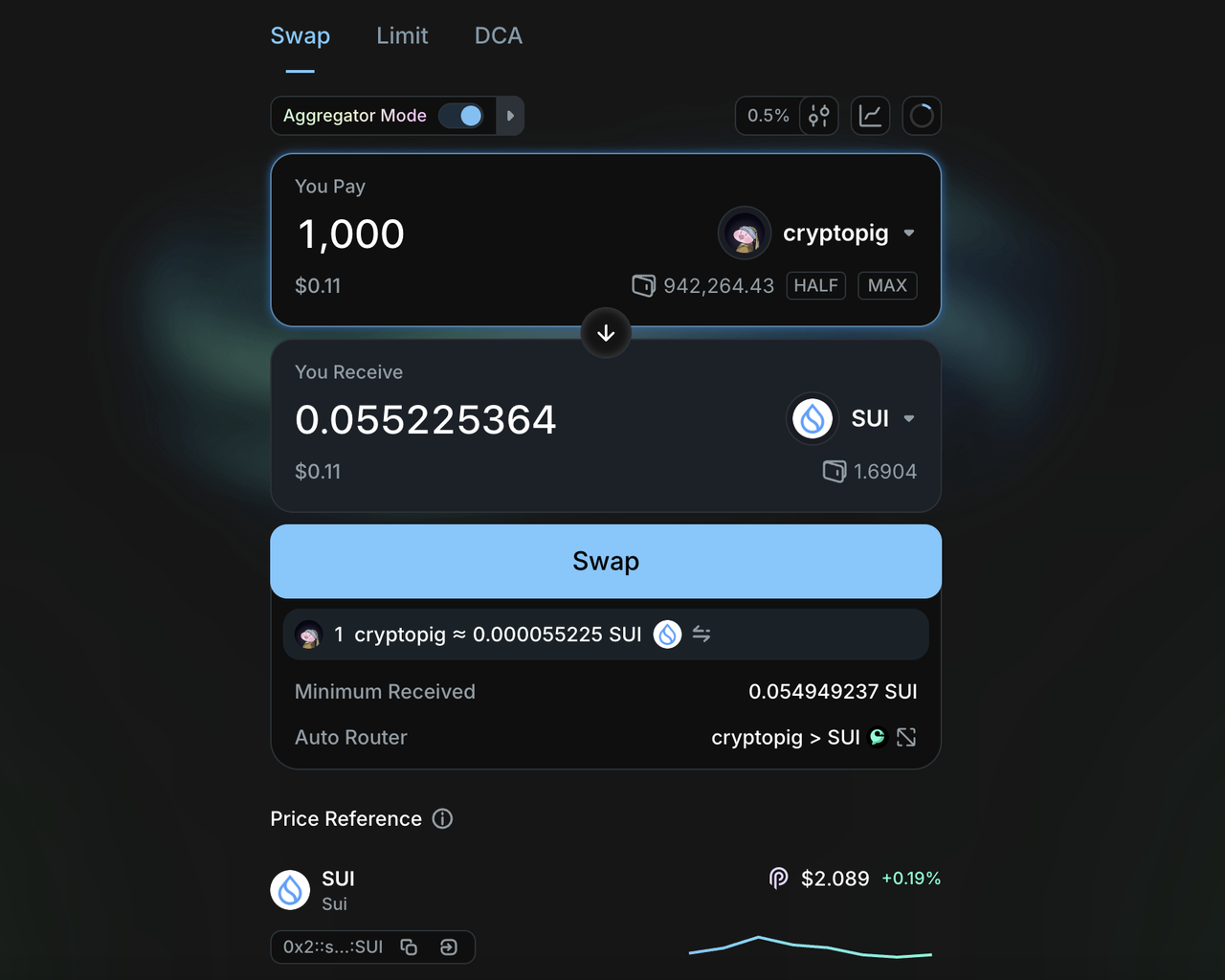
Add/Remove Liquidity:
- Add: Increases depth (reduces slippage) but doesn't raise token price.
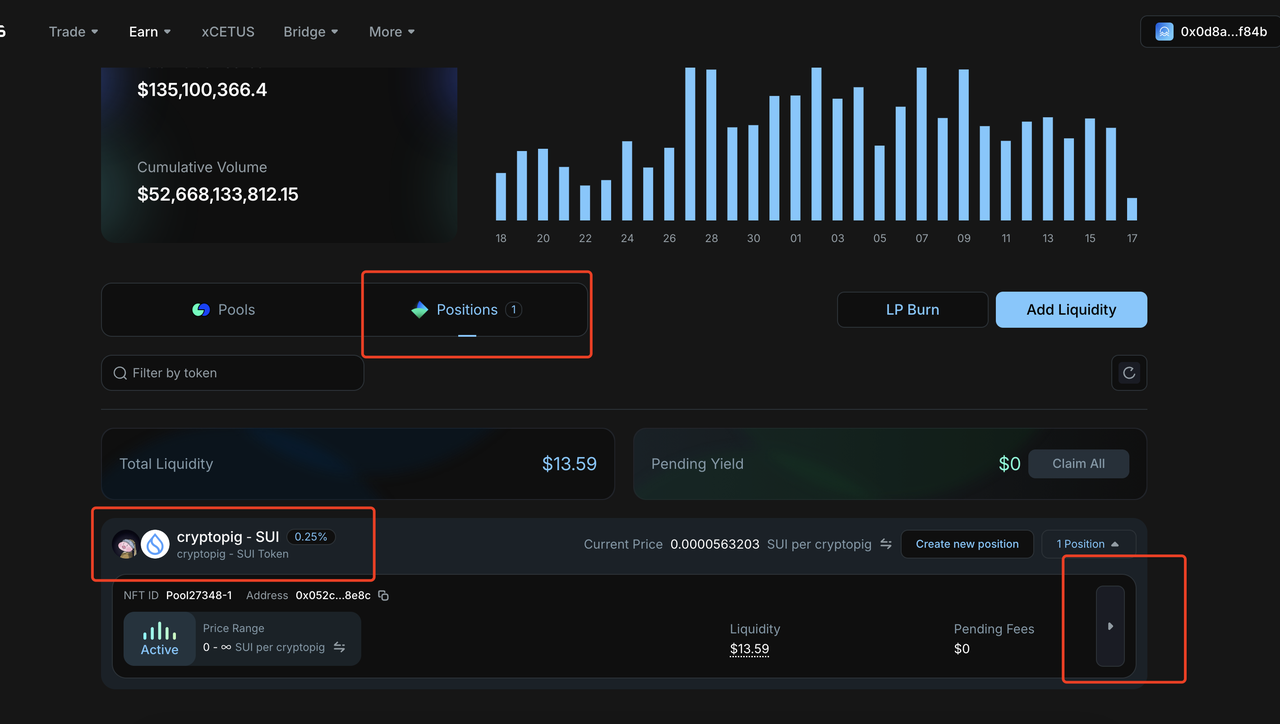
- Remove: Withdraw funds (risks price crashes if done abruptly).
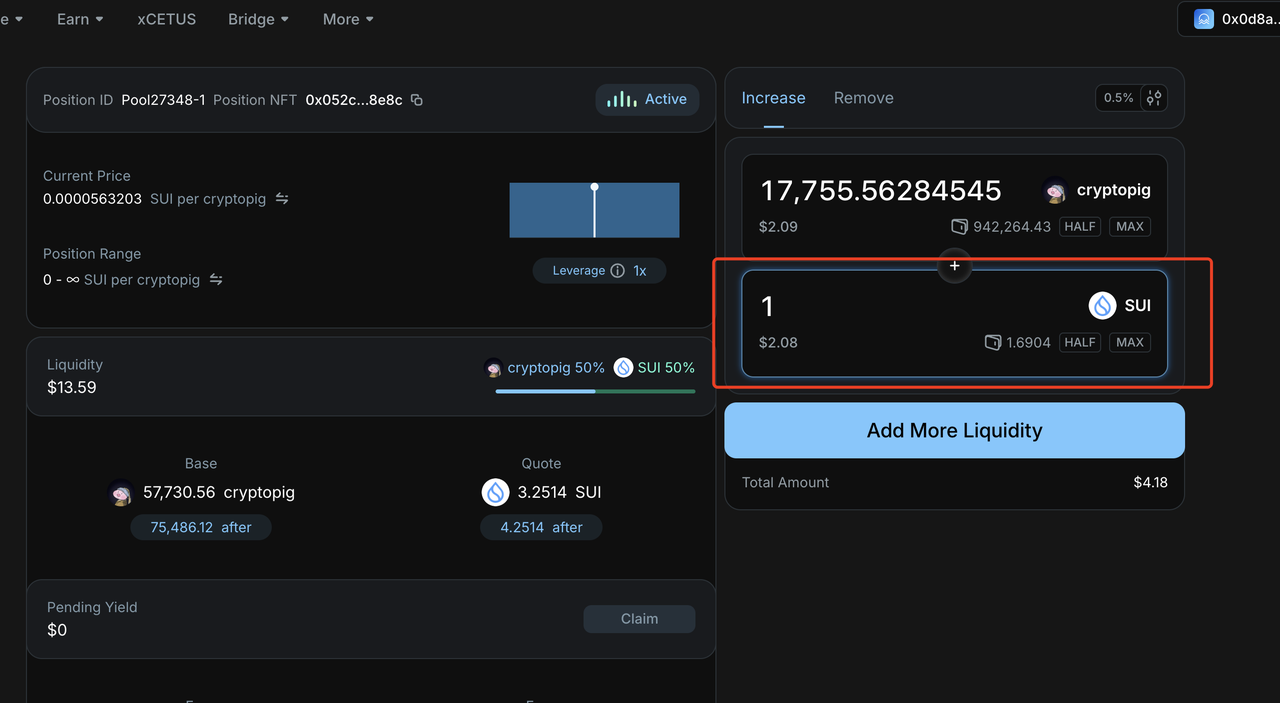
When to Remove Liquidity?
- Legitimate: Protocol upgrades, security fixes, or project sunsetting.
- Risks: Sudden removals can trigger rug pull accusations or token collapse.
Advanced: Liquidity Staking
- Traditional Staking: Locks tokens (no trading).
- Liquidity Staking:
- Deposit tokens into a pool → get LP Tokens.
- Stake LP Tokens to earn:
- Trading fees (0.3% per swap).
- Bonus rewards (e.g., project incentives).
Key Takeaways
- Liquidity pools turn tokens into tradable assets.
- Cetus simplifies pool creation but requires manual setup.
- DYOR: Balance liquidity depth with decentralization.
_For LP Token mechanics, read:
Understanding Liquidity Pools, AMMs, and Liquidity Mining
Learn More About CPBOX
Explore features: https://docs.cpbox.io
Suggestions or custom needs?
Contact us:https://www.cpbox.io/cn/
Join Our Community
Telegram Group: https://t.me/cpboxio
Twitter: https://twitter.com/Web3CryptoBox | https://x.com/cpboxio
YouTube: https://youtube.com/channel/UCDcg1zMH4CHTfuwUpGSU-wA